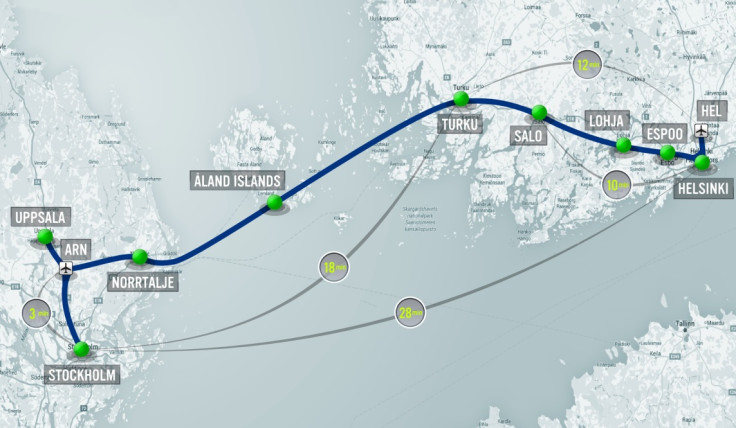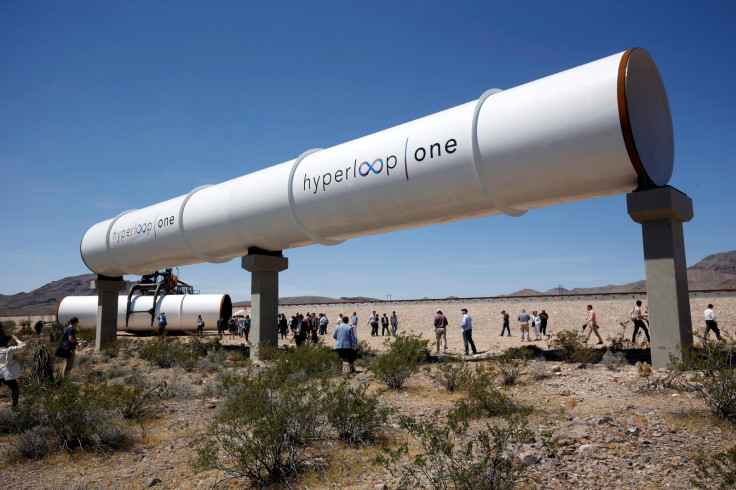Hyperloop train to speed 300 miles between Helsinki and Stockholm in 28 minutes
The levitating train will blast through an underwater vacuum tube at almost the speed of sound.
Hyperloop One, a company building a 700mph train envisioned by Elon Musk, wants to blast passengers 300 miles from Helsinki, Finland to Stockholm, Sweden in just 28 minutes.
The line, to be constructed inside a tube running between the two cities and underwater through the Baltic Sea, will cost in the region of €19bn (£16bn), but Hyperloop One is so confident of the economic benefits and rising property prices at each station, the train line generate a profit after just 10 years. HyperLoop One expects investment to come from public funds and private investment.
As well as economic benefits to Helsinki and Stockholm, the Hyperloop line is expected to generate between €875m and €1bn in annual ticket sales, based on an estimated 42.7m passengers a year, or 117,000 each day, roughly 20% of the entire population of Helsinki.
Hyperloop One's plans see a tunnel with most of its air removed, creating a low-friction environment for a train to travel through. A magnetic levitation system will further reduce speed-limiting friction, as the train carriages will be suspended above the track, then propelled through the tube by electricity.

Speaking about the cost of the Helsinki-to-Stockholm line, which would take 12 years to complete, Hyperloop One said: "We've said that, generally speaking, a Hyperloop system can be built at 50% to 60% of the cost of high-speed rail because Hyperloop technology requires less intensive civil engineering, its levitated vehicles produce fewer maintenance issues and its electric propulsion occupies far less of the track than high-speed rail."

A study into whether building the line could be feasible has been produced, and the firm responsible will now begin a second study to produce to stakeholders. This second step is required to secure funding to build a test track. By the end of 2016, Hyperloop One will conduct a full-scale test and fire a pod through a tube at over 600mph.
© Copyright IBTimes 2025. All rights reserved.






















